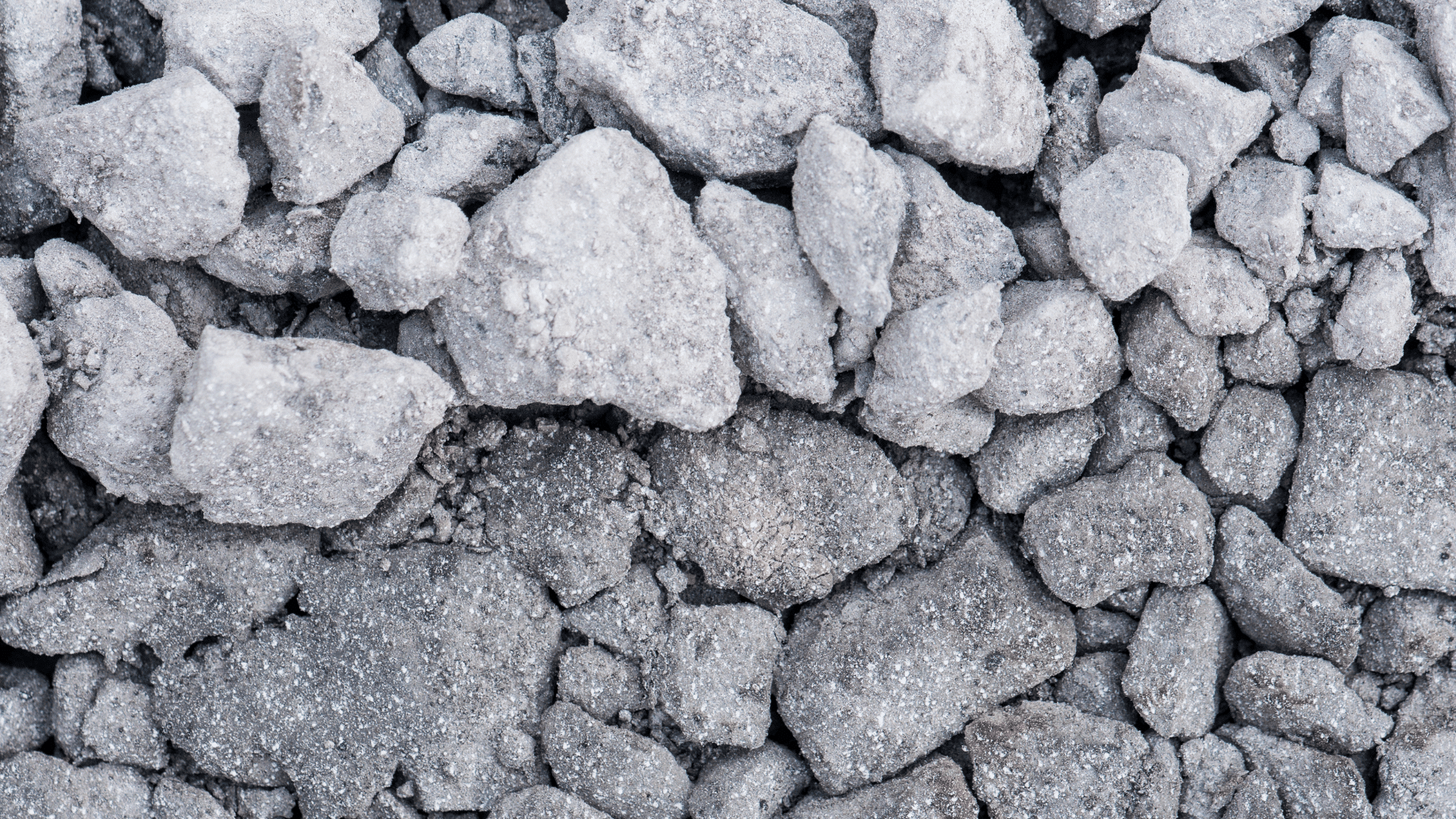Limestone is an often-forgotten yet crucial building material that can be used for anything from giant industrial construction projects to smaller residential renovations. But what makes limestone so important and unique compared to other building materials?
A Brief History of Limestone in Construction
Recognize any of these famous buildings and structures from around the world?
- The Great Pyramids of Egypt
- The Great Sphinx
- The Parthenon
- The Lincoln Memorial
- The Empire State Building
- The Washington National Cathedral
- Kingston
- U.S. Holocaust Memorial
- The Pentagon
Believe it or not, all of these structures used limestone during their construction. Whether it was a small amount or made up 95% of the structure, limestone proved—and continues to prove—itself as a valuable and long-lasting resource for construction projects everywhere.
Limestone is one of the oldest known building materials and has clearly been used for millennia. Not only has limestone proven to be a weather-resistant and long-lasting material, it has also been found in pockets all over the world. This makes it easy and affordable to utilize for nearly any project.
From asphalt and concrete to glass to even toothpaste, limestone can be used for practically anything. Today, it continues to be one of the most sought-after building materials due to its many benefits.
Benefits of Limestone
For generations, construction experts have agreed that the positives far outweigh the negatives when it comes to limestone. Here’s a list of some of the benefits of using limestone for your next project.
1 – Extremely durable
Limestone is one of the most durable natural building materials in the world. Because of its compact nature, it is also among the strongest materials. With its resistance to most outside stress and long-lasting capabilities, limestone maintains its integrity for centuries—and even millennia, as the Egyptian pyramids and other structures have shown!
2 – Multipurpose
Maybe you’re not building the next Parthenon, but you can still benefit from using limestone with your next house. Some popular ways limestone can be used include:
- Blocks used in building structures
- Stone cladding used on walls
- Retaining walls
- Tiles and floor paving
One of the most crucial qualities of limestone that makes it so multipurpose is the fact that it can be crushed into different grades and sizes, which allows it to be used in a multitude of ways
3 – Keeps buildings cool
No A/C? No problem. If your next construction project uses limestone—which is an excellent conductor of heat—the interior of the building will remain cooler throughout the hot months. In turn, this helps lower your electricity bills and is even a better choice for the environment.
4 – A versatile material
Color-wise, limestone is extremely versatile and comes in a variety of hues. From off-white to brown, you can find the color that’s right for you—and you can even polish the finished product if you’d like.
Limestone also comes in varying shapes and sizes. Some of the most commonly seen shapes are blocks and bricks because they are easy to make and allow for faster processing of the final material.

Forms Construction Limestone Comes In
At Twisted Nail, we offer some of the most popular forms of limestone, which include crushed rock, crusher fines, rip rap, bull rock, and base.
1 – Crushed Rock
Crushed by machines, crushed rock is artificially manufactured and comes in an angular, jagged form. Limestone is one of the largest produced types of crushed rock and is most often used for landscaping, gardens, and driveways.
2 – Crusher Fines
Crusher fines are a finer form of crushed rock, usually made up of small particles left over from crushed rock. When in limestone form, they are most often used for building natural-looking, yet durable, hiking, biking, and walking trails.
3 – Rip Rap
Rip rap can be used for anything from filling large areas to stabilizing foundations to protecting roads and structures from erosion. It’s part of a category of rocky material that is generally placed along areas that may be exposed to water, such as along shorelines and bridges.
4 – Bull Rock
Bull rock is popular in various landscaping applications, serving as a great protector for flower beds and as a more permanent and durable alternative to mulch. Like limestone in general, bull rock comes in multiple colors, varying from gray to brown to white.
5 – Base
As the name implies, base provides a sturdy foundation, whether as part of the initial steps at the beginning of a project or as part of a finished road or structure. It’s a coarse material that is most often used when building roads or driveways to help promote their longevity. Most often, limestone aggregate is used in concrete and asphalt paving projects when forming the base of the road.
Call Twisted Nail for Quarry Direct Limestone Trucking
With all the benefits that come with limestone, it’s no surprise that it’s one of the most popular building materials. At Twisted Nail, we can help you choose the right limestone for your project and will provide quarry direct trucking, meaning we can haul the limestone straight to your preferred location. Whether you need it delivered to a plant, jobsite, or directly to you, we’ll help your next construction project go seamlessly. If you’re ready to start your next industrial or residential construction project with limestone, contact us today.